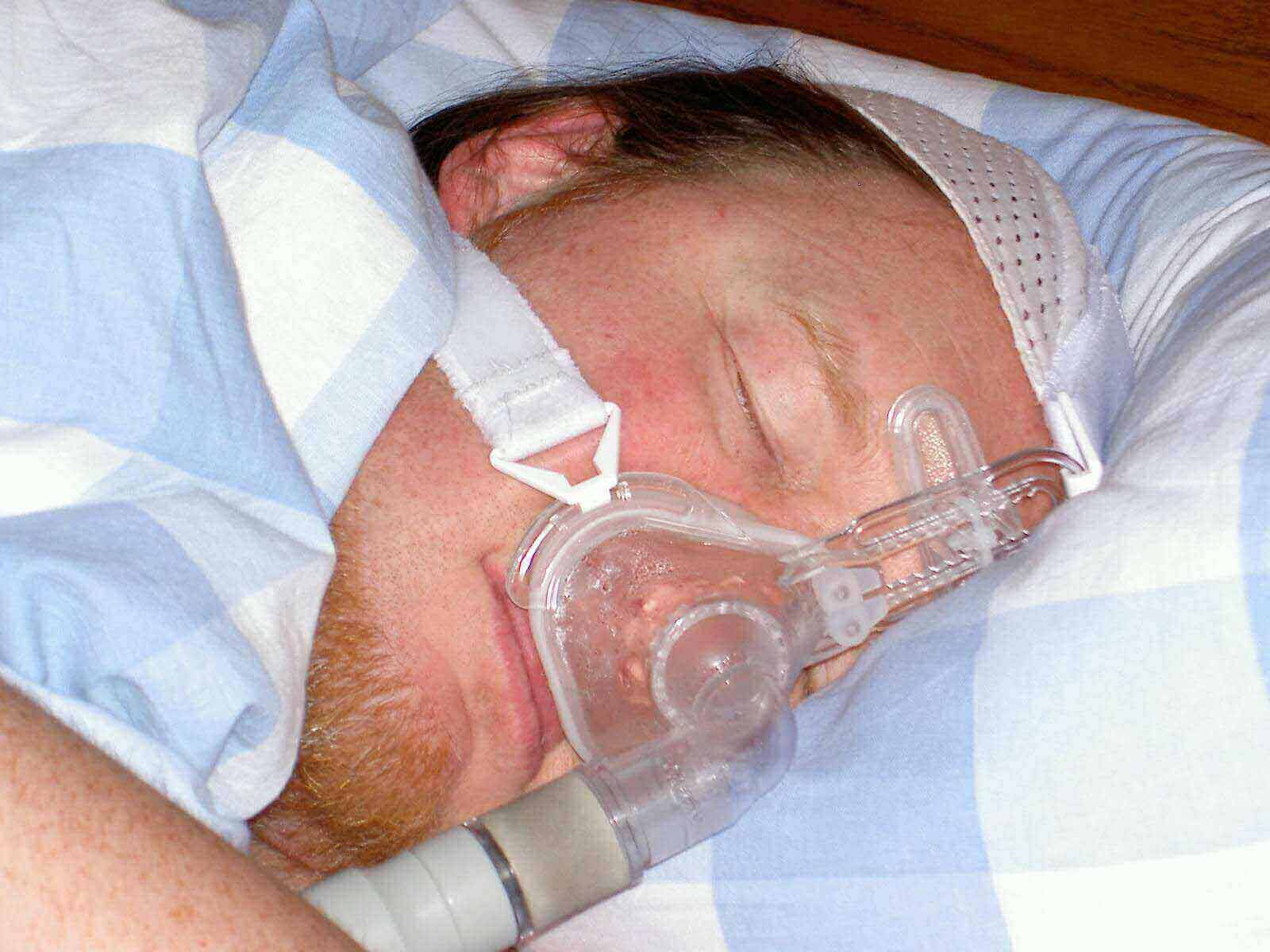 CPAP (continuous positive airway pressure therapy) machines help OSA (obstructive sleep apnea) sufferers breathe easier at night. Also, these machines might be used for treating prematurely born babies, with under developed lungs. For instance, physicians might use CPAP machines to treat babies with bronchopulmonary dysplasia, or respiratory distress syndrome. Often, in such situations, these machines are a more feasible option than ventilators, because they are less invasive.
CPAP (continuous positive airway pressure therapy) machines help OSA (obstructive sleep apnea) sufferers breathe easier at night. Also, these machines might be used for treating prematurely born babies, with under developed lungs. For instance, physicians might use CPAP machines to treat babies with bronchopulmonary dysplasia, or respiratory distress syndrome. Often, in such situations, these machines are a more feasible option than ventilators, because they are less invasive.
Obtaining a CPAP Machine
Before using one of these machines, patients have to undergo a conducted sleep assessment by a sleep physician. This assessment will gauge the patient’s snoring, oxygen and breathing levels, and airway flow. To obtain a prescription for these machines, patients need to have completed this sleep assessment. Once the diagnosis is done (either mild or serious OSA), patients can acquire a machine from an approved home medication supplier.
How a CPAP Machine Works
CPAP machines increase air pressure inside the throat, which prevents the airways from collapsing after inhalation. Often, the partners of people who use these machines find that they sleep better. These machines are used each night, in the home, while the patient is sleeping. Each machine has one of the below items:
- Prongs to use on the nose
- NCPAP (nasal continuous positive airway pressure) mask
- A mask covering the mouth and nose
Some of these machines have additional features too, like heated humidifiers. These machines are lightweight, compact and reasonably quiet. The sound they produce is rhythmic and subtle. Many modern machines have data display and recording features, which allow patients to log their use of the machine overnight.
What CPAP Machines Can do
Physicians use these machines to treat patients with mild to serious OSA. Frequently, these machines are the best available treatment for this condition. OSA is a common condition, which results in shallow breathing, or pauses in breathing, while patients are sleeping. Consequently, insufficient air reaches the patients’ lungs.
With OSA, the airways become blocked, or they collapse, during sleep. When patients attempt to breathe, the air that passes beyond the blockage can produce audible snoring. This snoring might disturb other people sleeping in the vicinity.
The moderate pressure from a CPAP machine can stop the airways from becoming blocked, or collapsing. Moreover, these machines are the preferred treatment for people suffering from heart problems and CAD (coronary artery disease). Certainly, the effectiveness of CPAP as a treatment for many conditions, especially serious and mild OSA, is supported by clinical evidence:
- Research shows that NCPAP masks lower blood pressure levels, throughout the nighttime and daytime.
- Studies indicate that CPAP machines reduce tiredness during the daytime, particularly in patients who suffer from mild and serious OSA.
- Patients suffering from CAD, who use CPAP machines for OSA, have a reduced likelihood of encountering heart conditions like heart failure.
- A CPAP machine is a superior option to alternative non surgical OSA treatments.
Furthermore, there are machines — referred to as AutoPAP (or Auto CPAP) machines — which are designed to titrate the oxygen levels introduced into the body. This is done depending on the patterns of breathing. Typically, these machines are a bit more expensive, however they provide a broader range of treatment options.
Therefore, most of the time, patients feel that AutoPAP machines are a more appealing alternative to conventional CPAP machines. Notwithstanding, virtually all modern CPAP machines keep patients well informed about their treatment, and give them lots of control over the entire process. This increases the chance that the obstructive sleep apnea treatment will be successful.
